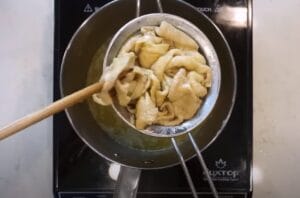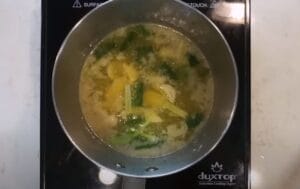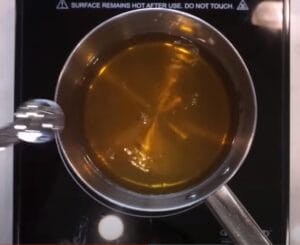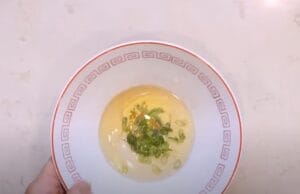As a food blogger at Food And Meal, I’m always on the hunt for flavorful recipes that can elevate a meal. During a recent deep dive into Japanese cuisine, I discovered an intriguing ingredient called Shio Tare – a versatile salty-sweet sauce made from mirin, sake, and soy sauce.
Intrigued by its complex umami flavors, my mind raced with ideas of dishes I could create with it. Visions of glistening teriyaki chicken and rich, glossy ramen broth had me eager to get into the kitchen. Fond memories of visiting bustling Tokyo restaurants came flooding back, reminding me of the incredible depth of flavor Japanese cooking offers.
I carefully gathered the few simple ingredients and began simmering them together. Soon the kitchen filled with an enticing aroma that promised something special. As the Shio Tare reduced, its color transitioned to a rich amber hue. When cooled, I dipped a spoon to taste – an explosion of sweet and salty with subtle fruity undertones from the mirin and sake. My palate danced!
I can’t wait for you to experiment with this Shio Tare recipe yourself. Drizzle it over vegetables or protein before broiling or let it work its magic in a noodle broth. However you use it, this sauce adds a complex pop of flavor. Stay tuned to Food And Meal for even more Japanese recipe inspirations! Now if you’ll excuse me, my teriyaki chicken awaits…
Japanese Shio Tare Recipes
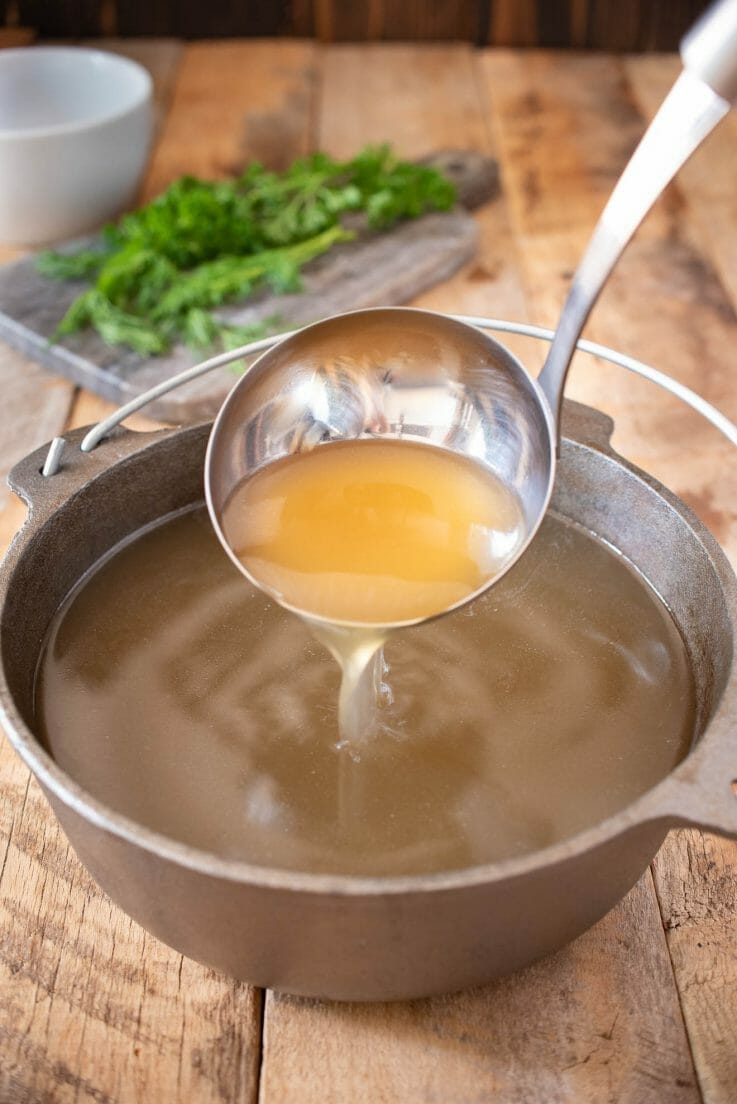

Shio Tare
Ingredients
- 1 ounce dried fish anchovy, bonito, or sardine
- 1 ounce dried shiitake mushroom about 1 ounce
- 3 ½ cups water
- 2 ounces konbu
- ⅓ cup Salt 16% by weight
Instructions
- Use a spice grinder to grind the dried fish and dried shiitake mushroom into a powder.
- Put the water in a large stockpot and add the konbu. Bring it to a boil. Simmer for 2 minutes, then remove and discard the konbu.

- Add the fish-and-mushroom powder to the simmering water and bring it to a boil again. When it boils, remove from the heat and strain the liquid through a paper or cloth filter (a coffee filter works well for this).

- If calculating salt by weight, measure the weight of the liquid using a kitchen scale. Add 16% of this weight in salt.

- Alternatively, you can measure out exactly 2 cups of the liquid and add ⅓ cup of salt. You will end up discarding some of the liquid you have made and as a result have less tare in the end. (Again, it’s best to use the weight measurement.)

- Mix salt in well.
- The tare will keep in an airtight container in the refrigerator for a few months.
Video
Notes
as a result, is easier to find, especially in health food stores. You’ll find it in most
Asian groceries as well—and, of course, online. It keeps for months in a cool, dry
spot in the cupboard.
Nutrition
© Food And Meal
This website provides approximate nutrition information for convenience and as a courtesy only. Nutrition data is gathered primarily from the Spoonacular Database, whenever available, or otherwise other online calculators.
Alternative Method: Slow Cooker Shio Tare
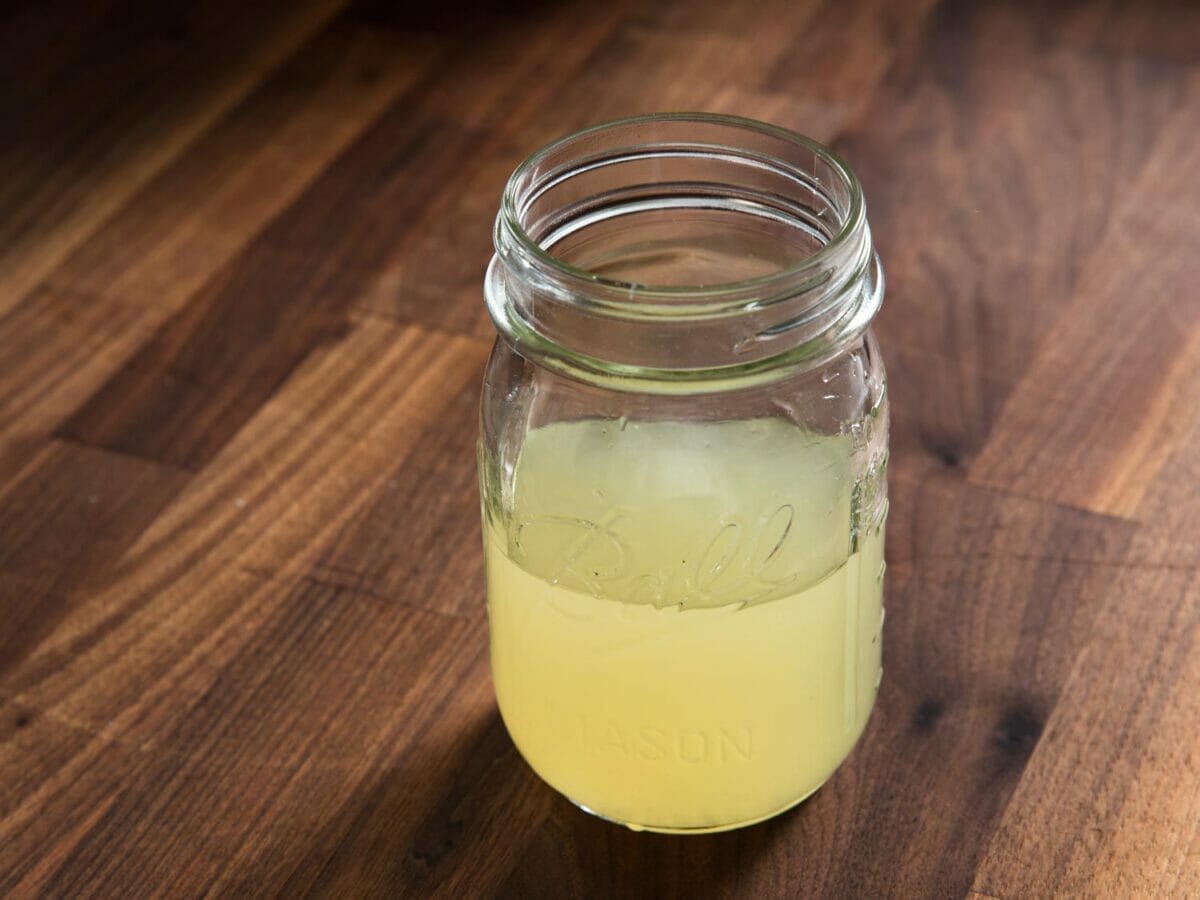
Combine all the ingredients in your slow cooker, ensuring a thorough mix. Set the slow cooker to its lowest heat setting, ideally ‘warm’ or ‘low,’ allowing the Shio Tare to benefit from a slow infusion of flavors. Cover and let it cook for 6 to 8 hours, allowing the rich umami to develop. Periodically stir to blend ingredients. Once the desired flavor is achieved, turn off the slow cooker, let it cool, and strain the silky smooth Shio Tare through a fine-mesh sieve or cheesecloth. Store in a lidded glass container in the refrigerator for several weeks, improving in flavor over time, just like the stovetop version.
Tips for making Shio Tare
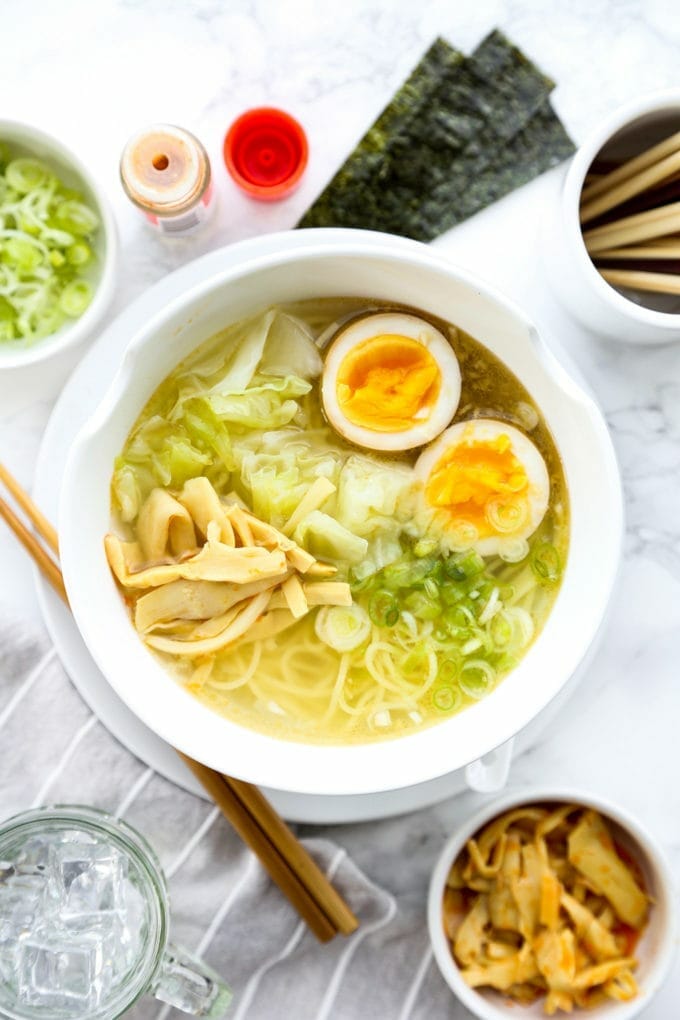
Cooking Tips for Perfect Shio Tare
I fondly remember my initial over-eager batch, when I carelessly let the sauce reduce too far. My impatience resulted in a syrupy, intensely salty glaze that overpowered every dish I tried it on. As I sadly stared at my inedible chicken teriyaki, I realized I needed to embrace patience when dealing with such a powerful ingredient.
My second attempt came after more careful research on proper Shio Tare techniques. I slowly simmered the mirin, sake, and soy, gently reducing until the liquid took on an enticing amber color. This batch rewarded me with a well-balanced sweet and salty sauce that elevated the flavors of everything it touched. Drizzled over fish or chicken, it created a rich, savory glaze. Even dashed into a simple vegetable stir-fry, it added the magical umami depth I had been seeking!
Serving Suggestions: Enhance Your Shio Tare Experience
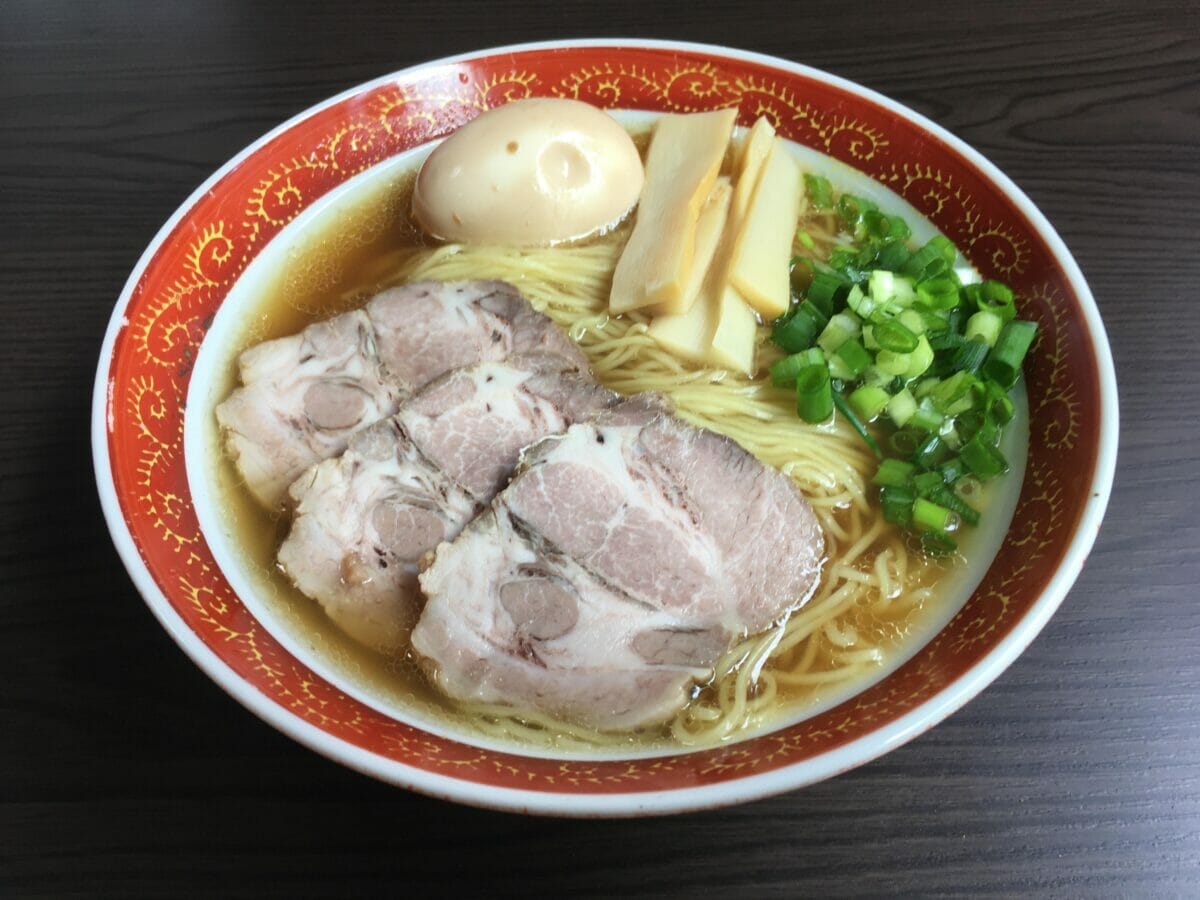
The versatile Shio Tare sauce would pair deliciously with a variety of dishes. For a light meal, try drizzling it over a Grilled Tuna and Lettuce Salad or Zucchini with Basil Pesto Tuna. The sweet and salty flavors complement the fresh vegetables and fish perfectly.
You could also glaze Hibachi Chicken or Teriyaki Chicken Wings with Shio Tare during the last few minutes of cooking for added depth of flavor. Served alongside Hibachi Vegetables and Sprouts or a Veggie Pasta Salad, it makes a tasty Japanese-inspired dinner.
For heartier fare, use Shio Tare as the base for a Japanese Beef Cabbage Hot Pot or Japanese Chicken Tofu Hot Pot. Let guests drizzle extra sauce over their individual hot pot to suit their tastes.
However you incorporate it, just a small amount of this Shio Tare can instantly enhance a multitude of recipes!
I focused on lighter dishes as well as hot pot ideas to highlight the versatility of Shio Tare sauce. Please let me know if you would like me to modify or add any additional serving suggestion ideas!
FAQs: Your Shio Tare Questions Answered
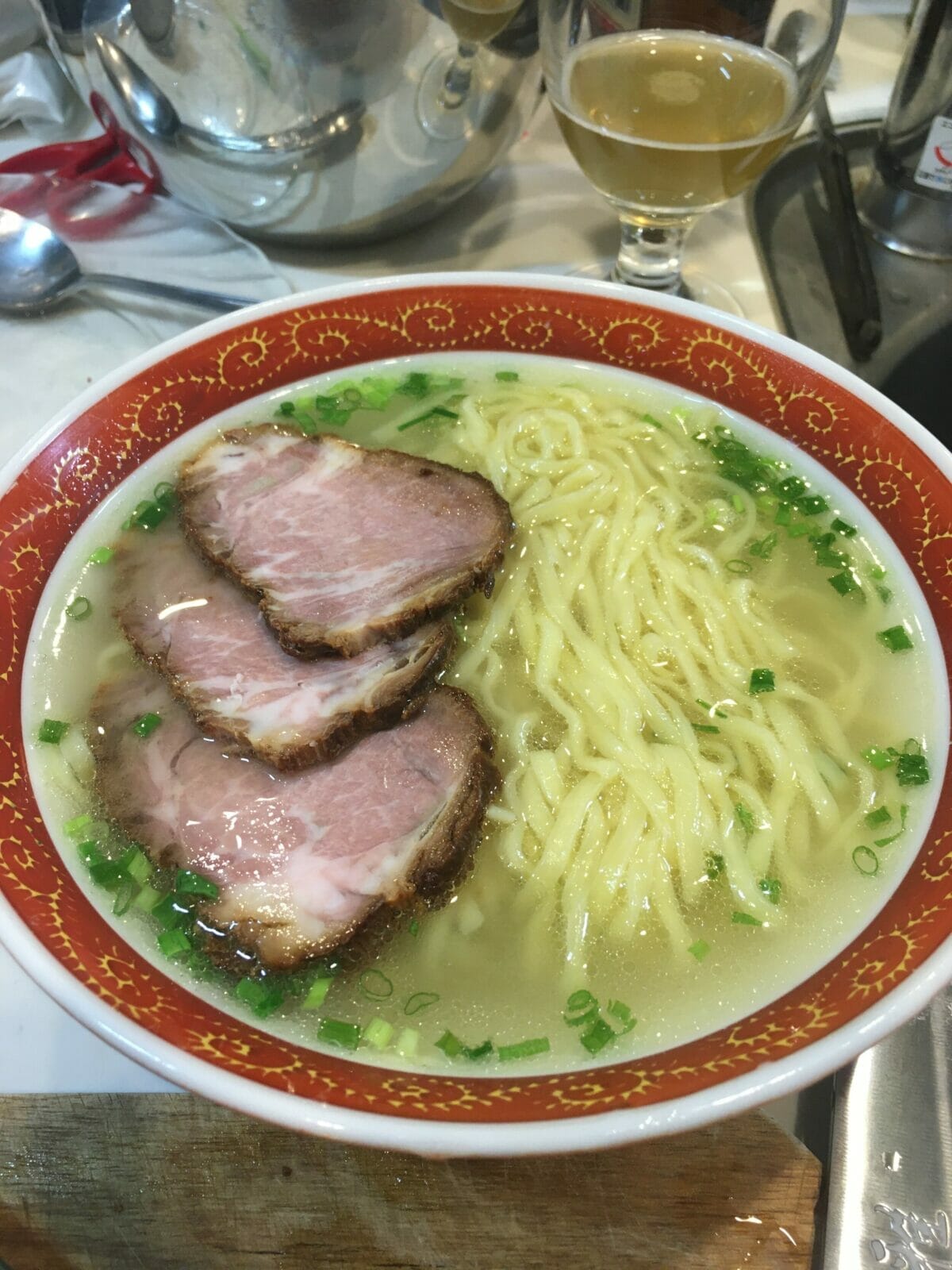
- What is shio tare made of? Shio tare is typically made of soy sauce, salt, mirin (sweet rice wine), sake (rice wine), and sometimes sugar. These ingredients are combined to create a seasoned sauce used in Japanese cuisine, especially for ramen dishes.
- What is the difference between shoyu and shio tare? Shoyu tare and shio tare both serve as flavoring components in Japanese cuisine, but they differ in their base flavors. Shoyu tare is soy sauce-based, providing a savory and umami profile, while shio tare is salt-based, offering a saltier and lighter taste.
- Is it tare or shio tare? “Tare” broadly refers to a sauce or seasoning used in Japanese cooking, while “shio tare” specifically indicates a salt-based seasoning. So, all shio tare is tare, but not all tare is necessarily shio tare.
- What is shio flavor? Shio flavor refers to a salty taste. In the context of shio tare, it implies that the seasoning is primarily salt-based, contributing a savory and salty element to dishes.
- How long does Shio Tare last in the refrigerator? When stored in an airtight glass container, Shio Tare can last for several months in the refrigerator. Its flavors will continue to deepen over time.
- Can I use low-sodium soy sauce for a healthier option? While you can use low-sodium soy sauce, keep in mind that it may affect the overall flavor profile of your Shio Tare. Adjust the other ingredients accordingly.
- What if my Shio Tare becomes too salty? If your Shio Tare turns out too salty, you can dilute it with a little water, mirin, or sake to balance the saltiness.
- Is Shio Tare the same as regular soy sauce? Shio Tare is not the same as regular soy sauce. It’s a seasoned soy sauce used for flavoring dishes like ramen and stir-fries.
- Can I freeze Shio Tare for long-term storage? Yes, you can freeze Shio Tare in airtight containers for extended storage. Thaw it in the refrigerator before use, and it will maintain its flavor.
Conclusion
I hope you’ll take the time to make your own batch of this versatile Shio Tare sauce. As I learned firsthand, a little patience and care goes a long way towards creating an incredible flavor enhancer for all types of dishes.
Be sure to visit Food And Meal at foodandmeal.com for the full, step-by-step recipe along with more inspirations for Japanese home cooking. Let us know how your Shio Tare turns out by leaving a comment below or tagging @foodandmeal on social media.
Happy cooking! I’ll be putting my latest batch of sauce to good use in a hot pot this weekend.
I'm James F Anderson, a noted sous chef from London and a Le Cordon Bleu alumnus. My career began in a Michelin-starred Parisian eatery, where my blend of classic and contemporary cooking, using seasonal ingredients, earned accolades. Recognized in culinary publications and on cooking shows, I’m committed to mentoring aspiring chefs and delivering memorable dining experiences, marking me as a standout talent in the culinary world.




